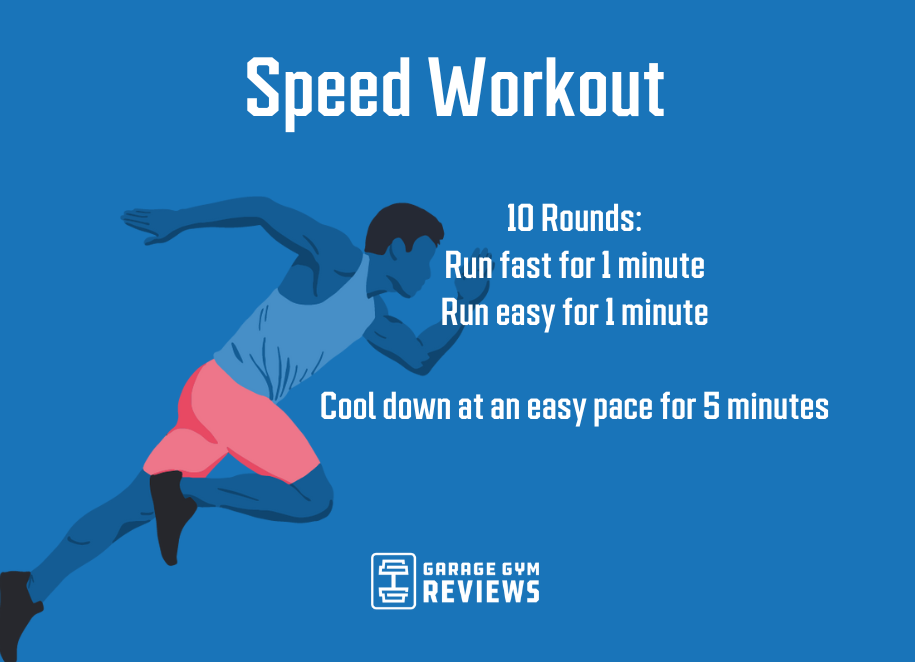Unleash Your Potential: Running Strategy Essentials for Peak Performance
Unleash Your Potential: Running Strategy Essentials for Peak Performance
Blog Article
The Ultimate Guide to Taking Care Of Discomfort When Running
For runners, experiencing pain during runs is not unusual, and knowing how to efficiently handle and avoid it can make a considerable distinction in your general efficiency and pleasure of the sporting activity. Whether you are a skilled marathoner or simply beginning your running trip, comprehending the different kinds of discomfort that can develop and the methods to resolve them is vital. From pre-run workout routines to appropriate footwear selection, there are numerous factors to take into consideration when it involves managing discomfort while running. This detailed guide will equip you with the expertise and devices needed to navigate through the pain and encourage you to attain your running goals with greater ease.
:max_bytes(150000):strip_icc()/effective-30-minute-running-workouts-2911891-0927-70272e09ac83449cadb9f1ce51656c0c.jpg)
Understanding Various Kinds Of Running Pain
When running, it is essential to identify between various kinds of pain to avoid injuries and make best use of performance (Read More). One common sort of discomfort that joggers might experience is muscle mass discomfort, which commonly emerges from the anxiety placed on muscle mass during exercise. This kind of pain is frequently a regular component of the running process and can be taken care of with proper workout, cool-down, and stretching regimens
One more sort of discomfort to be familiar with is joint discomfort. Joint discomfort can indicate problems such as overuse, inappropriate form, or underlying conditions like joint inflammation. Overlooking joint pain can result in extra severe injuries, so it is important to resolve any discomfort quickly and perhaps look for professional guidance.
Furthermore, sharp or stabbing discomforts need to not be ignored. These types of pain can indicate intense injuries such as strains, strains, or stress cracks - running strategy. Remaining to run via these kinds of discomfort can intensify the injury and lengthen healing time
:max_bytes(150000):strip_icc()/running-longer-or-faster-31e97070bda14ffc8afdea52094504c7.jpg)
Pre-Run Warm-Up and Extending Regular
To prepare the body for a running session, implementing an effective pre-run warm-up and stretching routine is important. An appropriate warm-up assists enhance blood flow to the muscle mass, enhances versatility, and decreases the danger of injury during the run. Begin with dynamic stretches like leg swings, arm circles, and high knees to gradually raise your heart price and relax the muscular tissues. Dynamic extending assists simulate the motions you'll be doing while running, preparing your body for the activity ahead. Follow this with fixed stretches concentrating on significant muscle mass groups such as the hamstrings, quadriceps, calves, and glutes. Hold each go for concerning 15-30 secs without bouncing to advertise muscle mass relaxation and flexibility. Bear in mind to pay attention to your body and change the intensity of your workout based upon your physical fitness level and any kind of pre-existing problems. By integrating a consistent pre-run workout and extending routine right into your running routine, you can enhance performance and decrease the danger of discomfort or injury.
Correct Footwear Option and Fit
Choosing appropriate shoes that fits well is essential for joggers to avoid pain and decrease the threat of injuries. Ill-fitting footwear can cause sores, black toenails, shin splints, and various other unpleasant problems that can hinder efficiency and sideline training. When choosing running footwear, it is vital to take into consideration factors such as foot type, running stride, arch support, cushioning, and footwear dimension. running workout. Checking out a specialty running store for a stride evaluation and professional fitting can assist ensure that you choose the right footwear for your specific needs. Running footwear need to provide appropriate assistance and security while also being comfortable and light-weight. In addition, it is recommended to replace your running shoes every 300-500 miles to keep correct padding and support. Purchasing top notch footwear that is appropriate for your running design and foot anatomy is a positive action towards protecting against pain and injuries during your runs.
Nutrition and Hydration Tips for Pain Avoidance

Hydration is just as critical for joggers to avoid aches, dehydration, and various other discomforts that can cause discomfort during running. It is suggested to drink a sufficient quantity of water throughout the day and especially previously, throughout, and after running sessions. Electrolyte-rich drinks or sports beverages can additionally be advantageous for renewing shed minerals and maintaining appropriate liquid equilibrium. running strategy (Read More). By prioritizing nourishment and hydration, runners can improve their performance, reduce discomfort, and delight in an extra comfortable running experience.
Post-Run Healing Techniques to Ease Pain
Applying reliable recuperation strategies is crucial for alleviating pain and visite site promoting muscle recovery after running sessions. Additionally, topping aching areas for 15-20 minutes can help reduce swelling and numb discomfort post-run.
Eating a balanced snack or dish that includes protein and carbs within 30 minutes of completing a run can help fix muscle tissue and renew energy shops. By incorporating these post-run healing techniques right into your regimen, you can efficiently manage discomfort and enhance your running performance.
Verdict
To conclude, dealing with various types of running pain via correct warm-up, extending, footwear option, nutrition, hydration, and post-run recuperation methods is essential for discomfort prevention and administration. By understanding the reasons of pain and carrying out these techniques, joggers can minimize pain and potential injuries. It is vital to prioritize general physical wellness and wellness to make certain a successful and satisfying running experience.
Report this page